How To Build An Audience And Move Beyond Client Work
This page may contain links to Amazon.com or other sites from which I may receive commission on purchases you make after clicking on such links. Read my full Disclosure Policy

Over the last few months, I’ve suggested ideas to keep your business running and your income coming in during stay-at-home orders, such as offering virtual services or digital products. I’m also working on a post about creating online courses, to be published next month. Even if you’re now back out working with clients, it’s good to have other options, because who really knows what the future holds?
None of these options will be successful unless you have an audience to market them to, so Daniel Ndukwu is here to share some excellent strategies for building an audience and converting them to customers.

Client work can be fulfilling and lucrative but there’s one major challenge – it’s limited by the number of hours you have in a day. That’s why many productivity consultants and practitioners start to look beyond client work to build a business that is divorced from their time.
One of the best ways to do that is to create on-demand training materials like courses, books, or workshops. To be successful right out of the gate, an engaged audience is required. They can help you develop the right products and are the ones who’ll buy them once you launch.
This guide will walk you through multiple strategies to build an audience. In addition to that, it’ll share the groundwork needed to move beyond client work permanently.
Why Is Building An Audience Important?
If you’ve always had the same customers and you want to branch out, or you’re limited by your geographic region, building an audience is imperative. Building an audience allows you to drive traffic to your website at any time.
It also allows you to perform customer research by sending out a few surveys via email. You’re focusing on people who are already familiar with your brand or service which makes it easier to get them to participate in your research without an obvious financial benefit to them.
The results of your research will allow you to develop the perfect products for the people who already follow you. It’s the perfect feedback loop. They follow you, they give you feedback, and you use that feedback to make products which they are excited to buy.
Identifying your target audience
Before you can build an audience, you need to know who they are. Take notice of the trends of your previous customers – what age are they, are they male or female, what social media sites do they use and when, and what are their likes and dislikes when it comes to products like yours.
Learn about their income, where they are located, and their shopping habits. You can collect all of this data by looking at your website and social media analytics and sending out short surveys.
If you don’t have anyone to survey or no data from social media and website analytics then you may need to use your larger competitors as a proxy. Create an ad campaign on social media that targets the audience of your competitors. Ask the questions you need an answer to.
Keep in mind that if you go this route, you may need to offer an incentive like a gift card, consulting services, a prize drawing, etc. to get people to take the survey.
How to build an audience from scratch
If your business has always operated based on original clients or even word of mouth, you may not have an audience and will have to build it from scratch. There are many strategies for that and they’re often synergistic. For example, strategic content marketing that targets niche keywords and establishes authority is a great start and can be coupled with social media marketing.
When going this route, ensure you use SEO-based keywords when creating blog content so it can be picked up by the search engines over time. Also, make sure you’re answering the query of your reader as thoroughly as possible. It takes time for the results of content marketing to start showing but there are other strategies you can adopt in the meantime.
Here are some of the ways you can build an audience effectively:
Community Participation
As mentioned, promoting your content in relevant groups is a great way to grow your audience (and get new clients while doing so). Find niche communities and forums through simple Google searches. Use phrases like “x community” Or “X forum” to unearth relevant spaces.
Keep in mind that no online community likes spam. If you sign up today and drop half a dozen links, at best, no one will click. In the worst-case scenario, your account will be banned. Instead, focus on delivering value and improving your clout on the platform. Participate in conversations, start threads that encourage engagement, and otherwise be a real member of the community.
Over time, you’ll be able to share links directly to your website, lead magnets, training materials, etc. without people thinking you’re just in it to make a quick buck. Still, you don’t want to hit them with 100 posts all at once. Provide as much value as is feasible and then link off to something relevant as a way for them to get more information.
YouTube Marketing
Over 60% of businesses use YouTube for marketing purposes, and almost 80% of marketers agree YouTube provides the most effective platform for video marketing. It’s an excellent resource for getting in front of your target market, whether you’re promoting your products or services, or you’re sharing tips and tricks.

Product announcements, in-action videos that showcase what you do or how to use your products, product comparisons with other brands or models, customer testimonials, and how-to videos are all simple to create.
The goal of your YouTube presence is to get in front of your target market with a platform they already hang out. There are many considerations when you focus on YouTube which includes:
- The length and format of your videos
- The title and descriptions
- Click through rate and watch time
These all affect the discoverability of your content on YouTube so it’s important to get familiar with them. Once you’ve started to build up an audience on the platform itself, you want to send them to your website so they can become a part of your ecosystem. Like all social platforms, the algorithm can change and negatively affect you.
Do this by adding calls-to-actions within your videos to sign up for exclusive training or your mailing list. Repeat the same CTAs within your description to drive the point home. Over time, you’ll see that more and more people take you up on your offers.
Pinterest Marketing
Although relatively new when it comes to business marketing in comparison with Twitter and Facebook, there are more than 200 million users on Pinterest every month. Around 30% of marketers already use Pinterest for promoting products and services. By advertising on Pinterest, you can reach up to 169 million people who tend to have higher household incomes.

With statistics like those, if you’re not already on there – you should be. Pinterest is an online platform where people find inspiration and ideas for their hobbies or interests. From women’s fashion to travel tips, building ideas to kids’ toys – there’s a market for everyone.
Though Pinterest is called a social media platform, it functions more like a search engine. If you want to be successful on the platform then you’ll have to focus on the keywords you use and how it’s ranked by the Pinterest algorithm. The major factors include:
- Domain quality: How many popular pins come from your website? The more pins and repins from your website, the higher it’ll rank in Pinterest search
- Pin quality: This is determined by the engagement your pins receive (Clicking, saving, zooming, comments, etc. all affect quality scores)
- Pinner quality: This is your own account standing. How often do you pin high-quality content to Pinterest?
- Keywords and hashtags. In the end, a search engine needs words to determine where a piece of content should be ranked. Pinterest is no different so make sure you use relevant keywords and hashtags.
When used properly, it can turn into a targeted advertising platform for you. Create a mix of pins that share educational content from your website as well as lead generation pages. This is important because you want to build trust and grow your audience at the same time.
These are just three strategies you can implement to grow your audience but they’re by no means all of them. Do your own research to find strategies that work best with your business model, audience, and skill set. Once you’ve built an initial audience, it’s time to turn them into customers
How To Turn Your Audience Into Customers
We’ve already mentioned the power of videos, so this next tip will come as no surprise. One of the most effective methods of turning your online audience into customers is by using webinars to present a relevant offer.
Before you get started on webinars, come up with a topic and create an optimized website landing page (or squeeze page) to gauge demand.
If you don’t have dedicated landing page software, many of the webinar platforms available also allow you to create landing pages. Follow landing page best practices and emphasize what people stand to gain from the training.
When it comes to the webinar structure, include the following:
A great introduction that captures attention. Here, you’ll focus on what they’ll learn, share something interesting like an example of what you’re about to talk about, and introduce yourself. Why should they listen to you in the first place? What kind of results have you gotten for yourself or someone else?
After that, move on to the bulk of your presentation. Generally speaking, you want to break it down into three key areas. They should be tied together and tied to what you want to offer at the end.
Keep in mind that this teaching aspect is more focused on getting them excited about what you’ll eventually offer as opposed to teaching deep information. There are two reasons for this:
- They won’t be able to implement most of what you share because it’s a live presentation and it’s impossible to pause or rewind
- If you share deep lessons, a few of the most interested people will grab that, feel it’s enough for them right now, and pass on your offer.
Finally, you want to recap everything you’ve shared then present an offer that’s directly tied to the training they just went through. The offer should be the logical next step in their training – usually an online course.
A great resource is The Perfect Webinar script and template that was created by Russell Brunson. It’s a guide on what you should say and how to structure your webinar so you can sell through the online webinar platform.
As soon as someone signs up for your webinar via your landing page, you want to make sure they attend. This is done using a pre-webinar email funnel that has at least three emails.
- #1 thanking them for the RSVP and reminding them of the benefits of the webinar
- #2 an email a few days before telling them to add it to their calendar;
- #3 an hour or two before the webinar starts.
After the webinar, you’ll send out emails as part of the launch sequence for your offer. There should be at least three more emails and they’ll recap the offer, share the webinar replay, introduce social proof (if applicable), present a FAQ, and otherwise address common objections. This can be easily accomplished using a free email marketing service which will allow you to keep costs down.
Conclusion
Building an audience may be one of the most impactful things you can do online. It helps you get a better understanding of who your audience is, serves as a ready source of feedback and ideas, and can help you spread your message further.
More importantly, your audience members will buy your products and otherwise support you. This guide has gone through a few strategies you can use to build your audience and turn them into customers. They’re by no means the only strategies but definitely worth taking a close look at.
Let me know what you think in the comments about building an audience and don’t forget to share.
Photo by Vlada Karpovich from Pexels
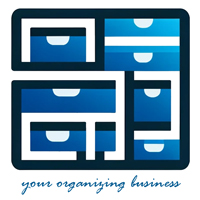
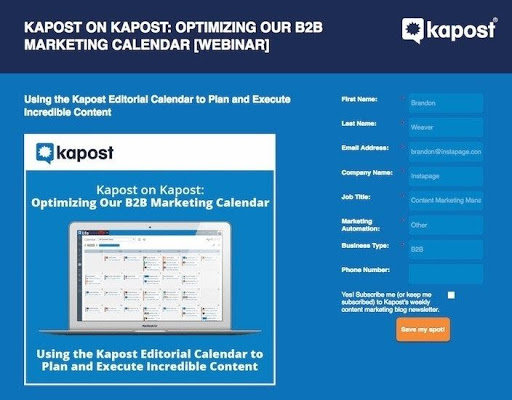




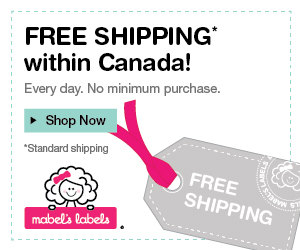


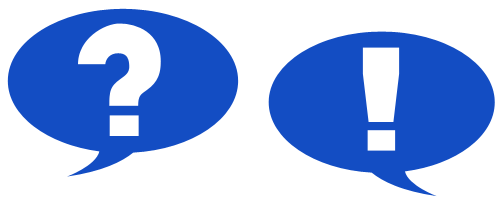
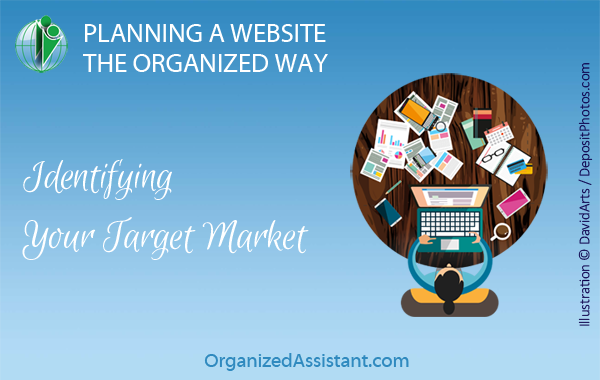
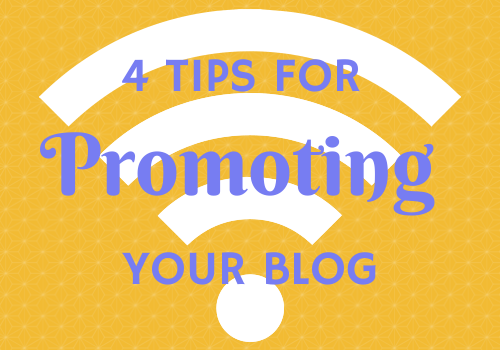
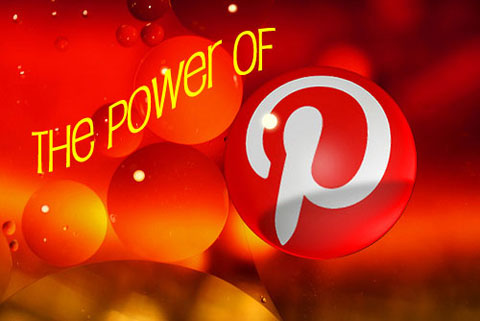
Thank you for describing the process that goes into developing a successful webinar. I’ve been the recipient of these types of promotions, but have never tried creating one. It’s something I’ve considered. The information you shared provides a great starting point.
Hello Linda,
Thanks for reading through.
They’re relatively easy to create but the main thing is your big idea. What’s the big juicy promise you’re making? If you get that right then everything else becomes easier.
I agree with Linda – the tips for a successful webinar are very simple and straightforward.
Hey Lisa,
I’m glad you got value out of the post. If you do decide to jump in, let us know how it goes :).
These tips not only build an audience, it will also help you generate passive income! Thank you for sharing. I find that demographic information is super important to collect before creating a product. It helps me not waste time on something I value but my audience is not interested in.
Hey Sabrina,
I love this comment. Before I knew about market research and what goes into creating a product, I’d just brainstorm and start creating. In the end, the product would flop because only I cared about what I was creating.
After many moons and mistakes, I’m much more deliberate in m approach. I’ve recently started using the Jobs To Be Done theory from Clayton Christensen and it’s made all the difference in the world. There’s a free book by Alan Klement that would give a comprehensive overview of what it’s all about. http://www.whencoffeeandkalecompete.com/
Daniel, thanks again for your excellent article, taking the time to respond to my readers’ comments, and telling us about this free book. We really appreciate you sharing your knowledge with us here.
Hello Janet,
It’s been an absolute pleasure to have the opportunity to share my thoughts here. Thanks for having me.
I totally need to up my YouTube strategy – this post has inspired me to get busy on doing those videos that make me so uncomfortable. Great post!
Hello Sara,
Thanks for reading.
YouTube is a fickle beast. All you need is one viral video to explode your channel but, oftentimes, it’s a matter of producing a large amount of content over time and growing slowly until you get your “big break.”
Good luck with YouTube!